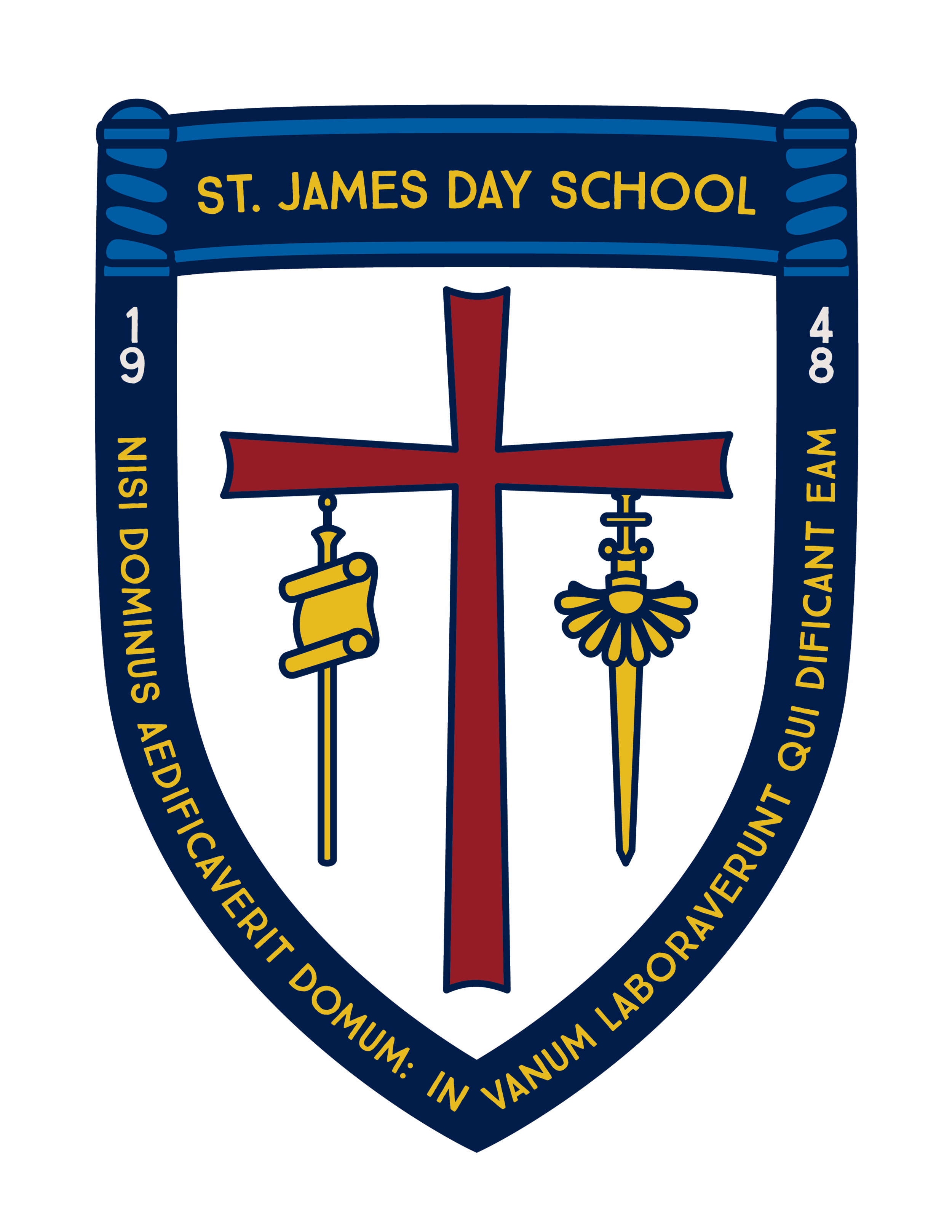We are studying patterns and the children got to choose and create their own using hearts. They are on display in the hallway! A pattern is a regular arrangement of something, e.g., numbers, objects, shapes, colors, sounds, or movements. Guiding children to understand patterns is a foundational skill in mathematics. As they learn to label patterns by having one name stand for something else, they are creating an algebraic representation.
The study of patterns is exciting for young children. They first learn to copy simple patterns made with objects. They later learn to extend and create their own patterns. Patterns help children know what comes next and to make predictions about things they cannot yet observe.
The children are learning to copy and paste in Technology. I am amazed at what they have learned in such a short period of time. They are learning to use tools and other technology to perform tasks. Tools and technology make work easier and help people solve problems. Technology enables children to respond and represent their learning in individual ways.
We read the book Guacamole by Jorge Argueta. We decided to bring this book to life and make our own guacamole! Comprehension is the process of finding meaning and the goal of reading instruction. Comprehending text involves connecting what is heard and read with experiences. Children who engage in frequent activities with books have larger, more literate vocabularies. These children learn to read better than children who have few book experiences.













































































